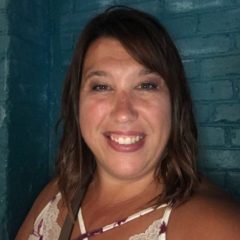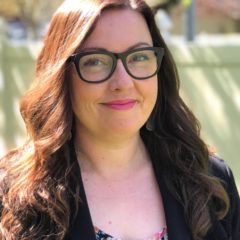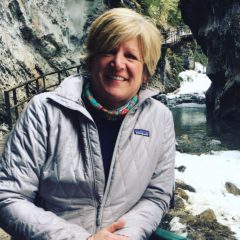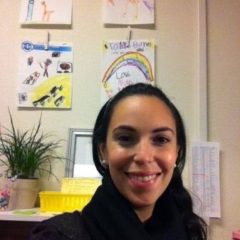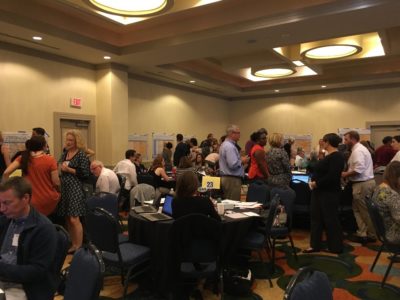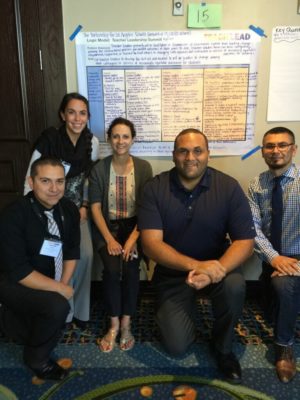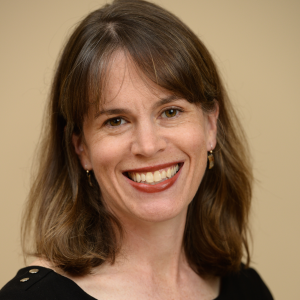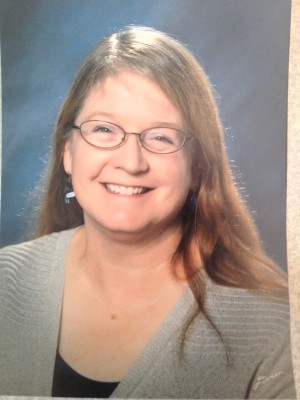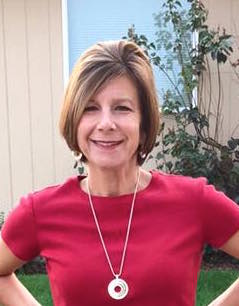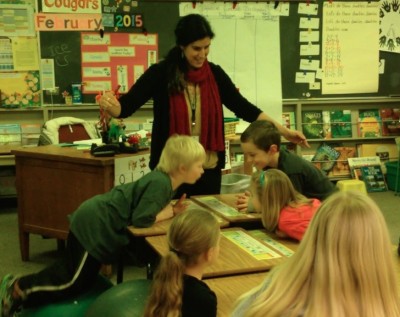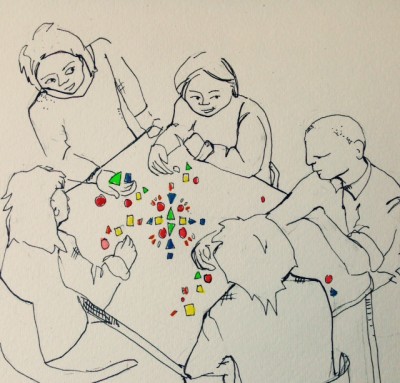Meet CSTP’s Legislative Update Coordinator Samantha Miller
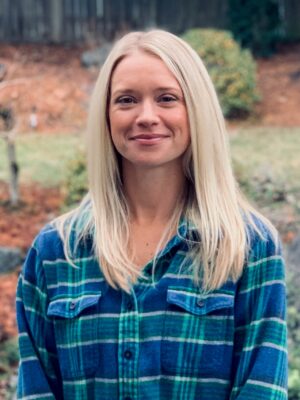
Samantha Miller returns as CSTP’s Legislative Updates Coordinator for the 2023 legislative session. She writes weekly emails during the legislative session focusing on bills that impact Washington educators. Samantha has degrees in both Political Science and History, as well as a Master in Teaching. Samantha has worked in Elementary Education for 6 years, most recently as a 3rd Grade general education teacher. The majority of her time is spent chasing around her two children who keep her very busy. Samantha enjoys running, working in her yard, listening to political podcasts, and spending time with her family.
CSTP Updates:
- January 11: Zooming In & Out on Inclusionary Practices Dr. Katie
- January 17: Online book study with Dr. Adeyemi Stembridge on Seven and a Half Lessons About the Brain by Lisa Feldman Barrett Novak and Shelley Moore
Odds and Ends
Here’s a helpful article from Crosscut that breaks down the complicated Washington State K-12 school funding system.
Taking it to a whole new level, from the Seattle Times this week, Librarians Are Meeting Young Readers Where They Are: TikTok.
2023 Pre-Session
Happy New Year! We are back to kick off the 2023-24 biennium legislative session which begins on Monday, January 9th. In Washington State, the legislative cycle is two years long and within that two-year cycle, there are two kinds of legislative sessions: regular (the odd number years) and short (the even numbered years). As the gavel comes down on Monday, the 2023 regular session will convene and last 105 days. Congressional members have been busy pre-filing bills throughout December, and there are a substantial amount of education related bills in the pipeline. It is worth mentioning that several bills are back in similar forms from last session. SB 5020, which requires children to start their education at six years of age, HB 1003, which expands access to dual credit programs and SB 5072, which focuses on equity in highly capable programs are all newer models of last year’s bills that failed to make it out of committee.
As for the political make up of congress, not much has changed. Democrats will enter 2023 with strong majorities in both the state House of Representatives and the state Senate. In early December, Governor Jay Inslee released his 2023-25 budget proposals which focus funding mainly on housing, homelessness, and mental health but education is not left out. Inslee’s budget targets early learning subsidies, and expands mentoring for beginning teachers as well as expanding residency programs for teachers planning to specialize in special education, dual language or working in high-poverty districts. The governor also proposes more than $120 million for special education services and support, including additional funding for young students ages 3 to 5 years old.
While we are on the topic of budgets, in late September, Washington’s State Superintendent of Schools, Chris Reykdal, released his proposed budget to Governor Inslee which outlined his top priorities for our state’s schools and future. “The Superintendent’s budget aims to expand student access to learning a second language throughout elementary school, hands-on science learning opportunities, regional pre-apprenticeship programs to prepare students for future work in trades fields, early literacy for our youngest learners, and more.” To hear from Reykdal himself, tune into TVW this Monday, January 9th at 10am for a media briefing where the superintendent will provide his second annual update on the state of Washington’s K–12 students, educators, and schools.
Education Hearings for Next Week on TVW.org
House Education Committee
- Tuesday, January 10 at 4pm
- Thursday, January 12 at 8am
Senate Early Learning & K12 Education
- Wednesday, January 12 at 1:30pm
- Thursday, January 12 at 1:30pm
Important Legislative Links
Legislative Website: Get information on bills, legislators, hearings and more.
Bill Tracker: Track specific bills, read bill reports.
TVW: Watch live and archived legislative proceedings.
Note about legislative updates: CSTP relays these legislative updates to provide information on bills, budgets and legislative processes. CSTP doesn’t have a legislative agenda, but does track legislative issues most relevant to teaching.
Pre-Filled Bills
HB 1003: which would expand access to dual credit programs.
HB 1013: which would establish regional apprenticeship programs.
HB 1015: which concerns minimum employment requirements for paraeducators.
HB 1044: which would provide capital financial assistance to small school districts with demonstrated funding challenges.
HB 1057: which would provide a benefit increase to certain retirees of the public employees’ retirement system plan 1 and the teachers’ retirement system plan 1.
HB 1064: which would create a school safety capital grant program.
HB 1071: which would authorize funding for a school resource officer in every school.
HB 1093: which aims to provide parents and their children with more choices for a quality elementary and secondary education through the family empowerment scholarship program.
HB 1109: which would provide additional special education funding to school districts in order to increase initial evaluations during summers.
HB 1113: which relates to reviewing reprimands for professional educators.
SB 5008: which relates to providing parents and legal guardians access to instructional materials.
SB 5009: which would require parental or legal guardian approval before a child participates in comprehensive sexual health education.
SB 5019: which concerns classified staff providing student and staff safety.
SB 5020: which would require elementary education to start at six years of age.
SB 5024: which would establish a parents’ bill of rights related to their child’s public education.
SB 5029: which would empower school district boards of directors.
SB 5038: which would modify notification deadlines for certain education employment contracts and related dates.
SB 5048: which would eliminate college in the high school fees.
SB 5064: which concerns excess cost allocations for special education programs.
SB 5072: which would advance equity in programs for highly capable students.
SB 5085: which concerns principal and assistant principal terms of employment.
SB 5102: which concerns school library information and technology programs.
SB 5126: which would provide common school trust revenue to small school districts.
SB 5127: which would clarify school districts’ ability to redact personal information related to a student.
Until next week, have a good weekend!
Samantha Miller
Get CSTP Legislative Updates by Email
Join CSTP’s email list to get weekly legislative updates and monthly professional development, events and educator news.
